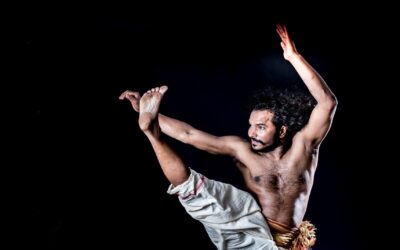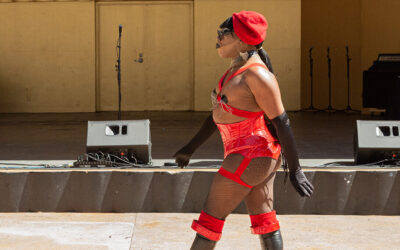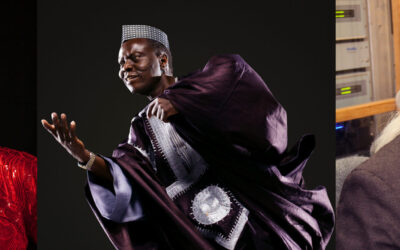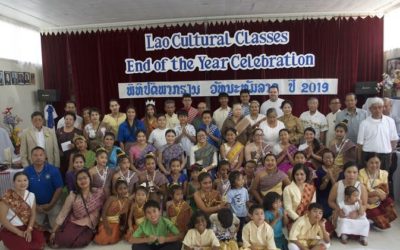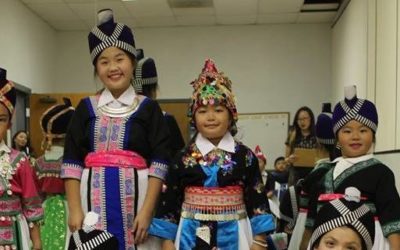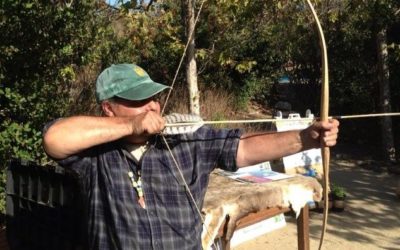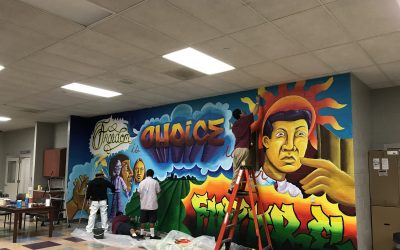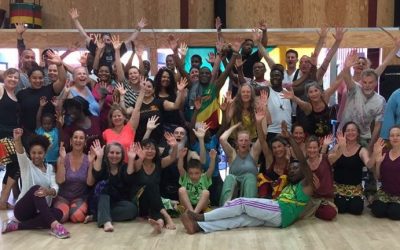Kalari ppayattu Martial Arts
A conversation on Drag and Community with the Imperial Court of Los Angeles and Hollywood
Zakarya and Naomi Diouf of Oakland and Hugo Morales of Fresno Honored
Promoting and preserving Lao culture
Empowering underserved communities
Waw'kish, A Southern California Tribal Sport
Ventura County arts and culture
Orisha practitioners throughout the Yoruba diaspora have prepared special foods for ceremony and offerings to the Orishas. This tradition, cooking for the Orisha and ancestors, is based on utilizing specific ingredients and ways of preparing foods and meals, which has been passed on from generation to generation. The Alashe is…
African and African diaspora Arts and Culture
The Gabrielino/Tongva Springs Foundation preserves and protects the ancestral village of Kuruvungna Springs, located within the University High School campus in West Los Angeles. Dedicated to educating the general public about California’s indigenous history, particularly the inhabitants of the LA basin, the Gabrielino/Tongva peoples, they provide…

